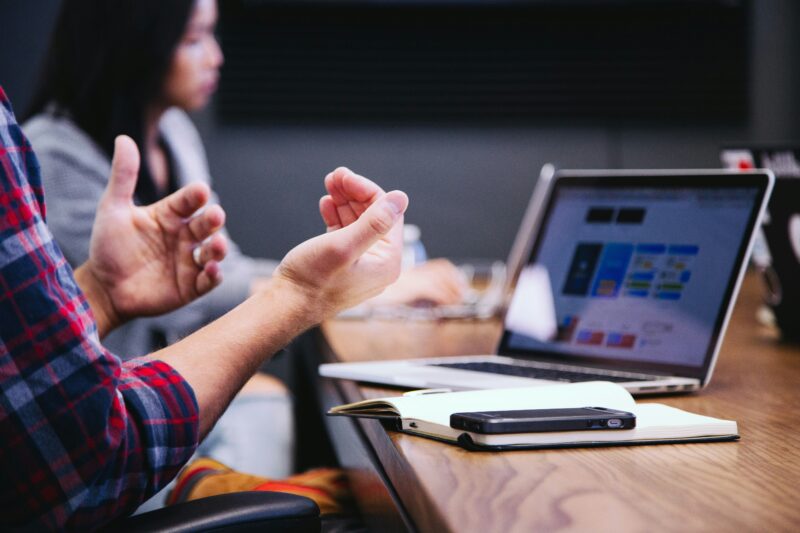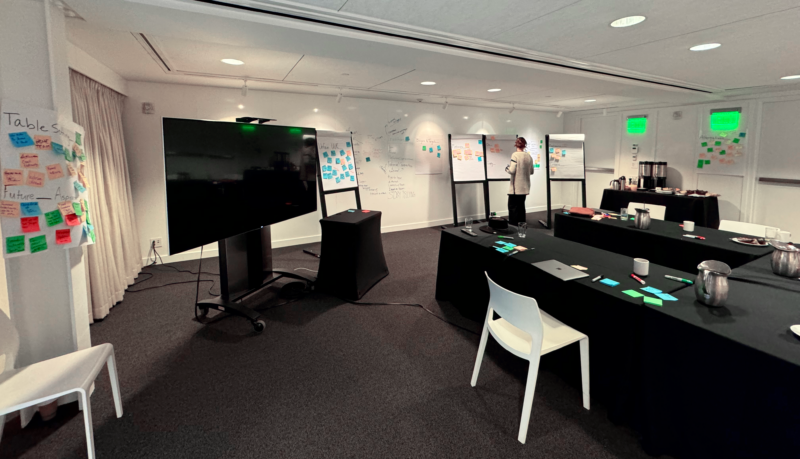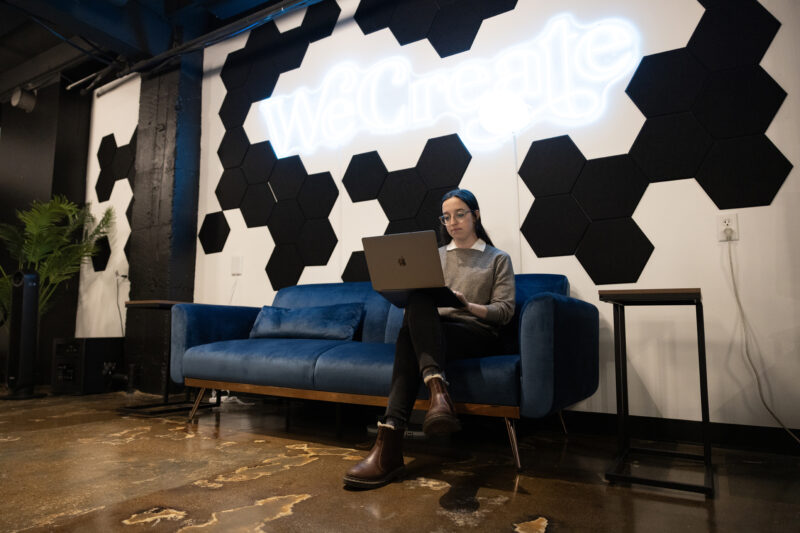The Love/Hate Romance of AI and Graphic Design
Dive into the evolving relationship between AI and graphic design, exploring the blend of innovative tech and the irreplaceable touch of human creativity.
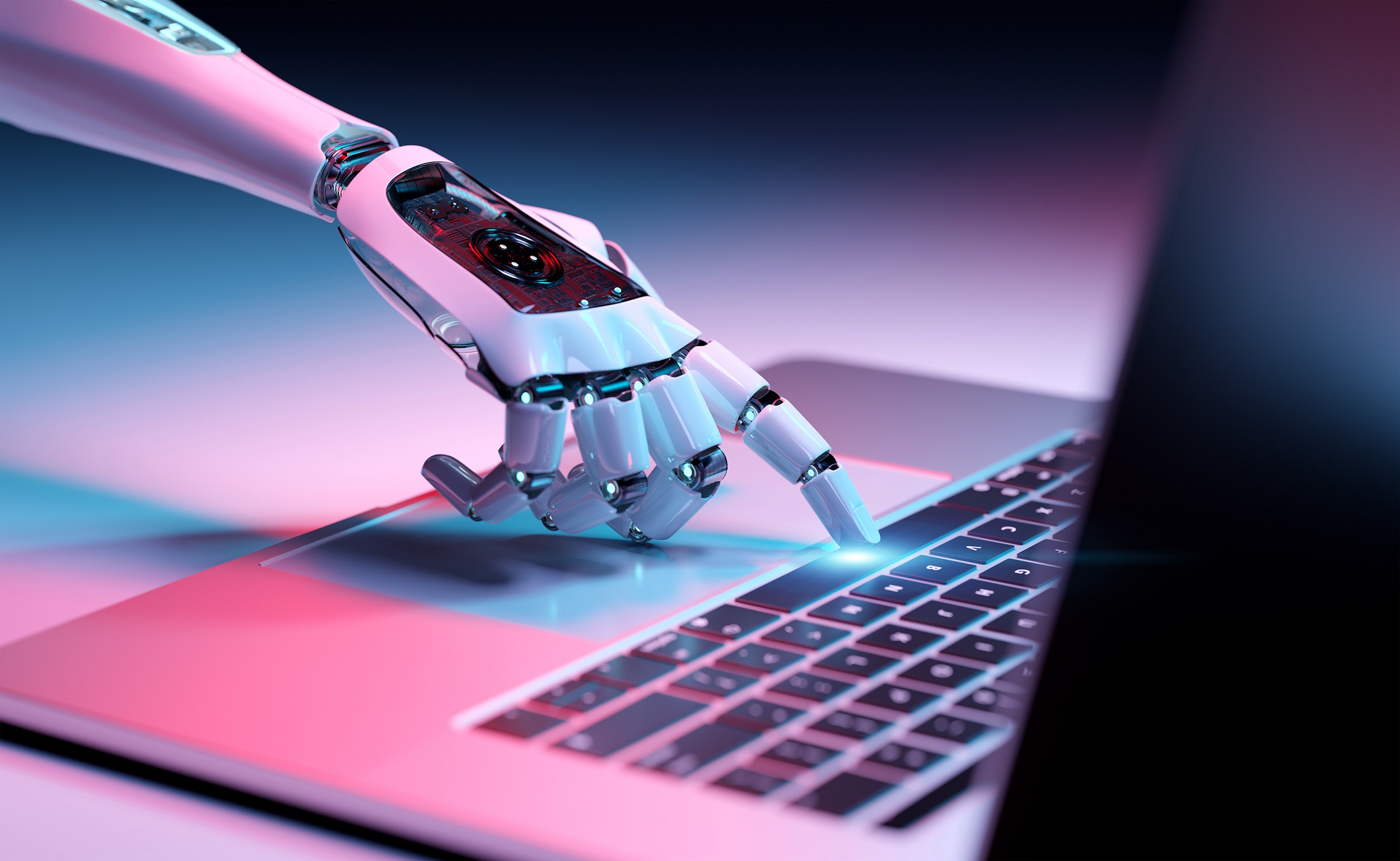
Keeping up with the latest technology can be stressful, but when it comes to the marriage of graphic design and artificial intelligence, the anxiety can reach new heights. It’s like trying to keep up with the Kardashians while also trying to not keep up with the Kardashians. Fear not, dear reader, I am here to explore the benefits and possible pitfalls, of combining AI and graphic design.
Imagine being able to outline entire storyboards, create design inspiration images and generate a list of brand taglines with the touch of a button. The potential benefits of using AI in graphic design are undeniable. It’s like having a magic genie in a bottle, but instead of granting wishes, it checks off items on your neverending to-do list!
Merging Creativity with Efficiency – An Insider’s Take
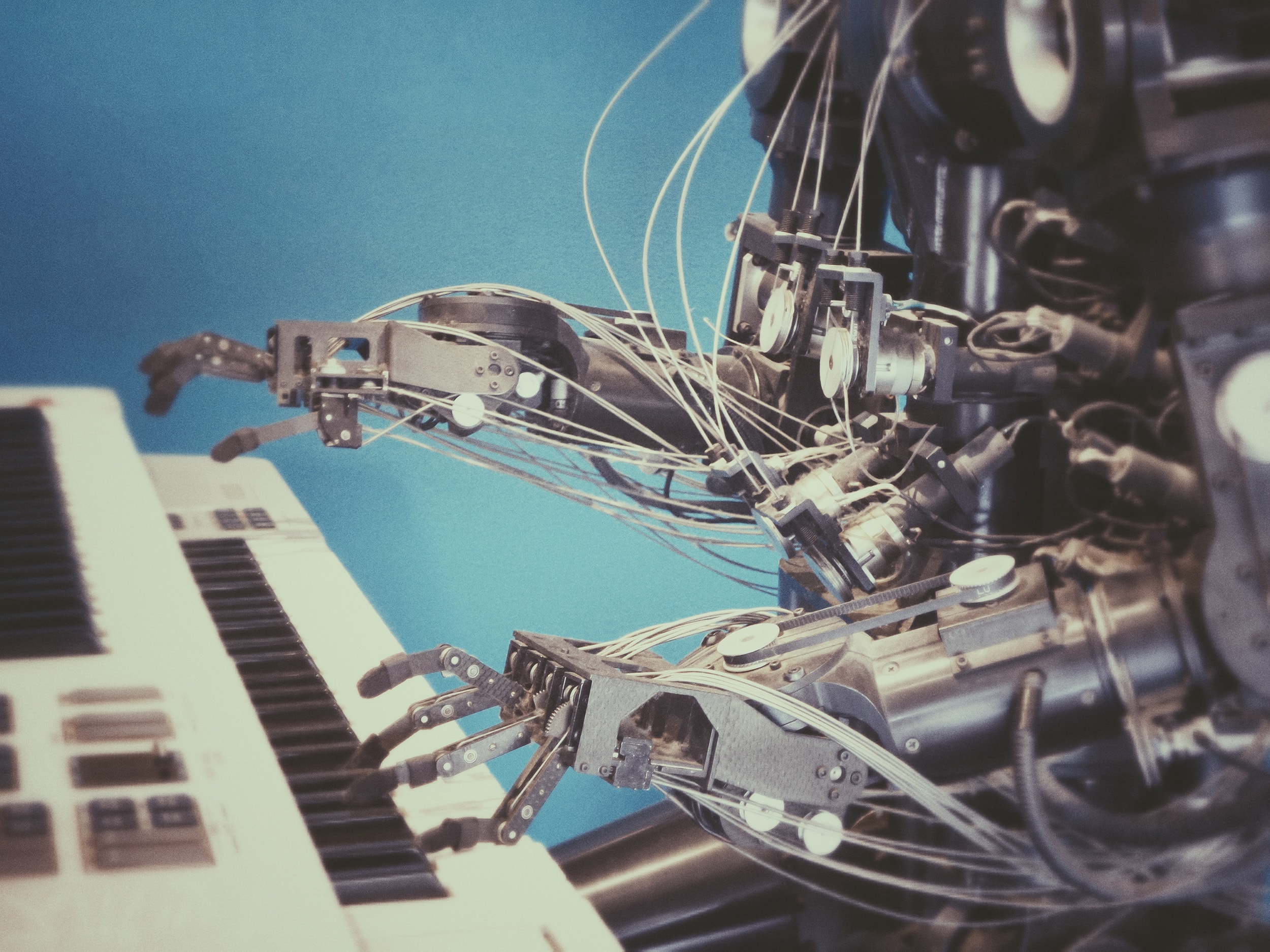
As a designer, I want to ensure that each design, for every client, gets the creative energy and attention it deserves. When used wisely, AI can be tasked with handling all the tedious and repetitive tasks, so designers can focus on their work that demands greater creative bandwidth. I’ve used AI to remove backgrounds from images, color-correct product photography, create mood boards from existing brand images, and much more.
While every organization measures productivity differently, a variety of workers believe that the adoption of AI within their workplace enhances overall productivity.
An Accenture study shows up to a 40% boost in productivity and a SnapLogic study shows that 61% by adopting AI!
It’s safe to conclude that AI is definitely creating positive impacts on efficiencies in the workplace. But it’s not all sunshine and rainbows.
The Slippery Slope of Dependency on Automation
There are some real dangers in relying too heavily on AI. While this technology can be used to automate certain aspects of design, it also is limited in its true, innovative creativity. For example, when implementing AI into logo design we run the risk of brands becoming cookie-cutter and uninspired.
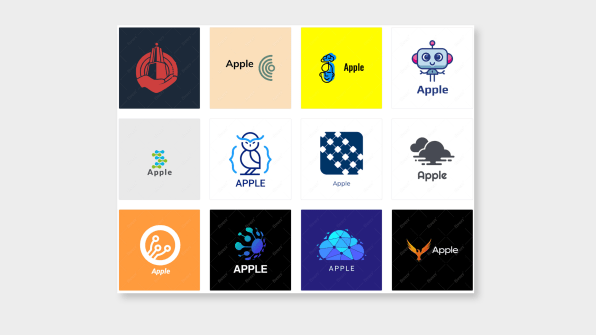
There are plenty of websites out there that will generate a logo for you based on information you provide. And some businesses have their reasons for needing a quick logo (I’ve dealt with plenty in my time as a freelancer,) however, as a designer, you can tell when something appears to be stock. Generative designs tend to all look very similar and lack creativity, soul, and the unique story that your brand is trying to tell. Our dependence on artificial intelligence to handle designs could lead to a rise of THE MACHINES!
Okay, maybe it’s not that dire at the moment, but we’re not too far off either. Buzzfeed recently announced they will use AI for content creation, and their stock went up 200%. They will also cut their workforce by 12%. Talk about a double-edged sword for their workforce.
The Price of Automation
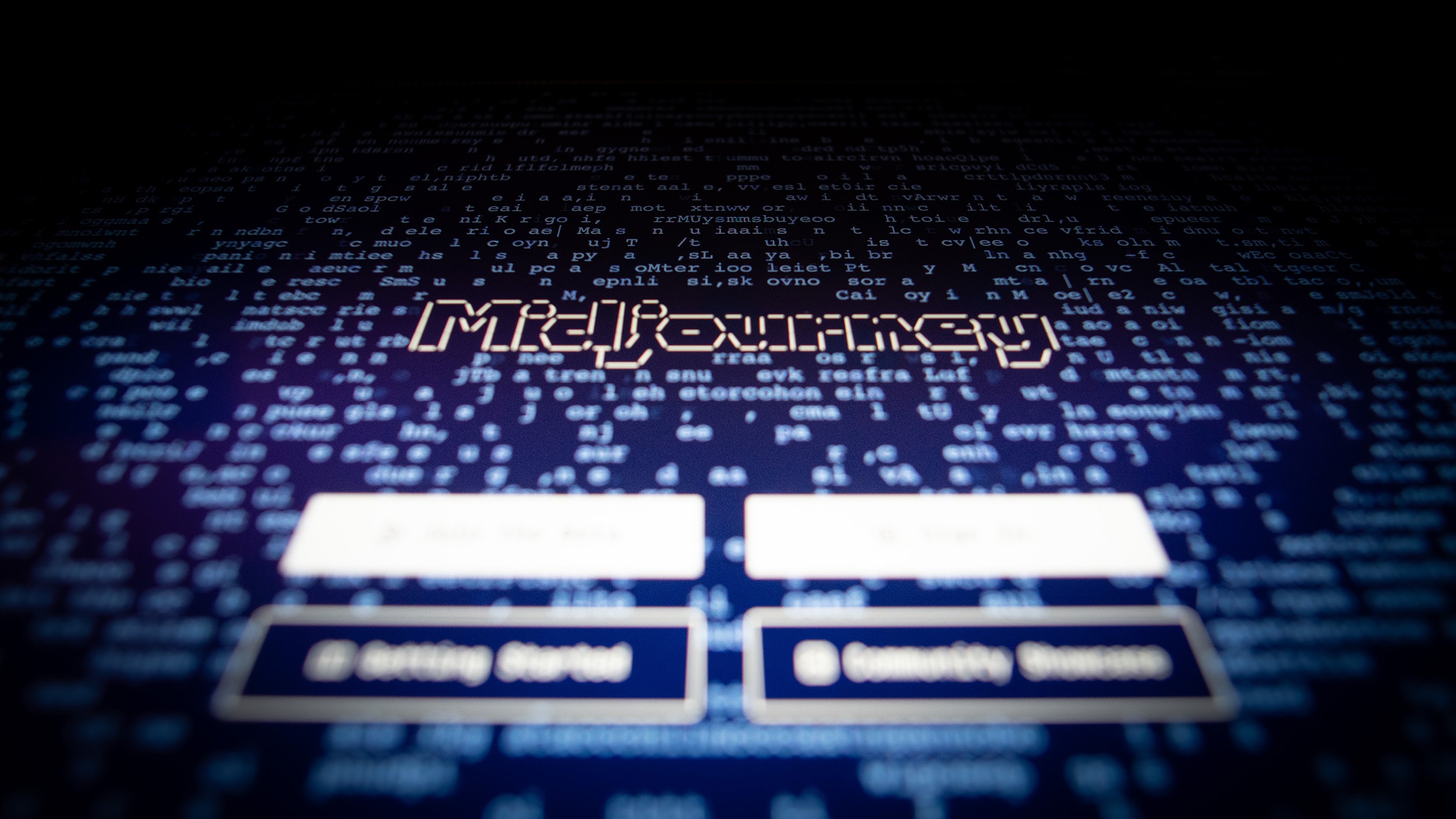
Laziness aside, there is a question of ethics that comes with the use of artificial intelligence in designs. Numerous copyright lawsuits have been filed against companies using AI in the last few years. These lawsuits allege that programs like StabilityAi, DeviantArt, and Midjourney have infringed upon the copyrights of thousands of artists and creatives under the guise of ‘Artificial Intelligence’. The lawsuit claims that the Stable Diffusion tool used by these websites was trained with the use of billions of copyrighted images without compensation or consent from the artists.
Sure, it may be fast and efficient, but what about the human touch? How is the client going to tell me I misspelled Samuel’s Cafe (my own name), if I’m not the one misspelling it?! More importantly, who is going to make that connection with the client on a personal level?
Designer Intuition and the Irreplaceable Human Element
Designers take great pride in being able to capture the emotion and story behind the vision for their brand. There’s something to be said for intuition and creativity that an algorithm simply can’t replicate. Investing in an experienced team of designers or honing your own design skills can provide lasting value by being able to create a distinctive brand identity, marketing strategy and produce creative insights that resonate with the audience. Humans bring heart and give life to a design. As designers, we inject our own creativity, intuition, and understanding of human emotions that AI tools currently lack.
So, where do we draw the line between when to use AI and when to use human designers? Do we need to fear that robots will take over the graphic design world, rendering us all jobless? Or can we find a happy medium, where AI helps us streamline our workflow while human designers provide the personal touch that sets us apart?
In my opinion, I feel that AI will prove to be an ally in our adventures through design. These programs, while powerful, cannot read our minds and generate these ideas on their own. Embracing AI’s potential, while using it in a way that honors artists and creates space for further creativity, will allow designers to unlock a limitless realm of possibilities, paving the way for an awe-inspiring future of design innovation.
I’m just happy to have a front-row seat for the ride.
Most Recent Posts

